




Disclaimer: Copyright infringement not intended.
As India aims to become a developed country by 2047 food and nutritional security must evolve alongside economic and demographic transformations.
A recent policy paper by the ICAR- NIAP titled Indian Agriculture to 2047: Reshaping Policies for Sustainable Development outlines a roadmap to reorient agricultural policies in line with changing demand patterns, shrinking land availability and climate challenges.
By 2047 India’s aggregate food demand is expected to double while the demand for nutrient-rich foods like fruits, vegetables, pulses and animal products is projected to increase three to four times.
However agricultural land is anticipated to shrink from 180 million hectares to 176 and the average size of landholdings may decrease from approximately 1 hectare to 0.6 hectare making farming less viable for many.
Given these constraints business as usual approaches focused on rice and wheat will not suffice.
There is a pressing need to reallocate land, water, credit and R&D investments toward more diverse and nutrition rich crops to meet the evolving dietary preferences and nutritional needs of a growing, increasingly urbanized population.
Changing Consumption Patterns
Demand for fruits projected to rise to 233 million tonnes.
Vegetables demand to reach 365 million tonnes.
Demand for pulses expected to double to 49 million tonnes.
Consumption of edible oils and sugar to increase by 50% and 29% respectively.
Agricultural Land Constraints
Net sown area projected to decrease to 138 mha.
Cropping intensity may increase from 156% to 170% which could strain natural resources.
Environmental and Resource Pressures
Agriculture already consumes about 83% of India’s freshwater resources.
Water demand in agriculture is expected to rise 18% over current levels by 2047.
Intensified use of land and water raises concerns of soil degradation, groundwater depletion and biodiversity loss.
Livestock and Fisheries
Share of livestock in agricultural Gross Value Added to grow from 31% to 39%.
Fisheries sector contribution expected to rise from 7% to 10% indicating growing reliance on animal-based nutrition.
Over the past five decades India has seen a 25% decline in agricultural productivity growth due to extreme climate events like droughts, floods and heatwaves.
These disruptions are set to intensify in the coming decades affecting yields, supply chains and overall food security.
Hence crop diversification and resilience-building become even more urgent.
Gradual reallocation of resources like land, irrigation, credit, subsidies from rice and wheat to:
Fruits and vegetables
Pulses and oilseeds
Animal husbandry and fisheries
Strengthening R&D in alternative crops and climate-resilient agriculture.
Promoting value chains and market access for diversified crops.
Emphasizing nutrition security, not just food security, as the ultimate policy goal.
Leveraging urbanisation trends to promote peri-urban agriculture and demand-responsive supply chains.
Shift from cereal-centric to nutrition-centric agriculture.
Promote water-efficient crops and sustainable agricultural practices.
Invest in extension services to support smallholders in crop transition.
Foster climate-resilient infrastructure and insurance mechanisms.
Encourage public-private partnerships for market development in horticulture and allied sectors.
Sources:
|
PRACTICE QUESTION Q. India’s future food security depends more on nutritional diversity than on calorie sufficiency. In this context, critically examine the policy recommendation of reallocating resources from traditional staples to more diverse and nutrient-rich crops. (250 words) |
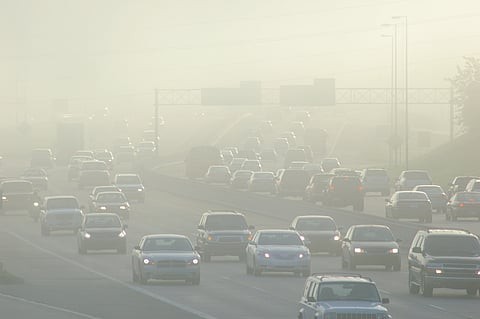
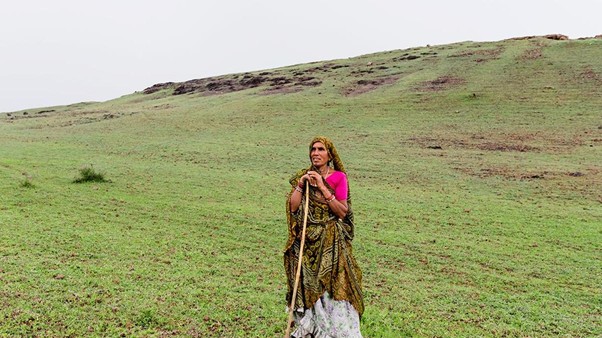
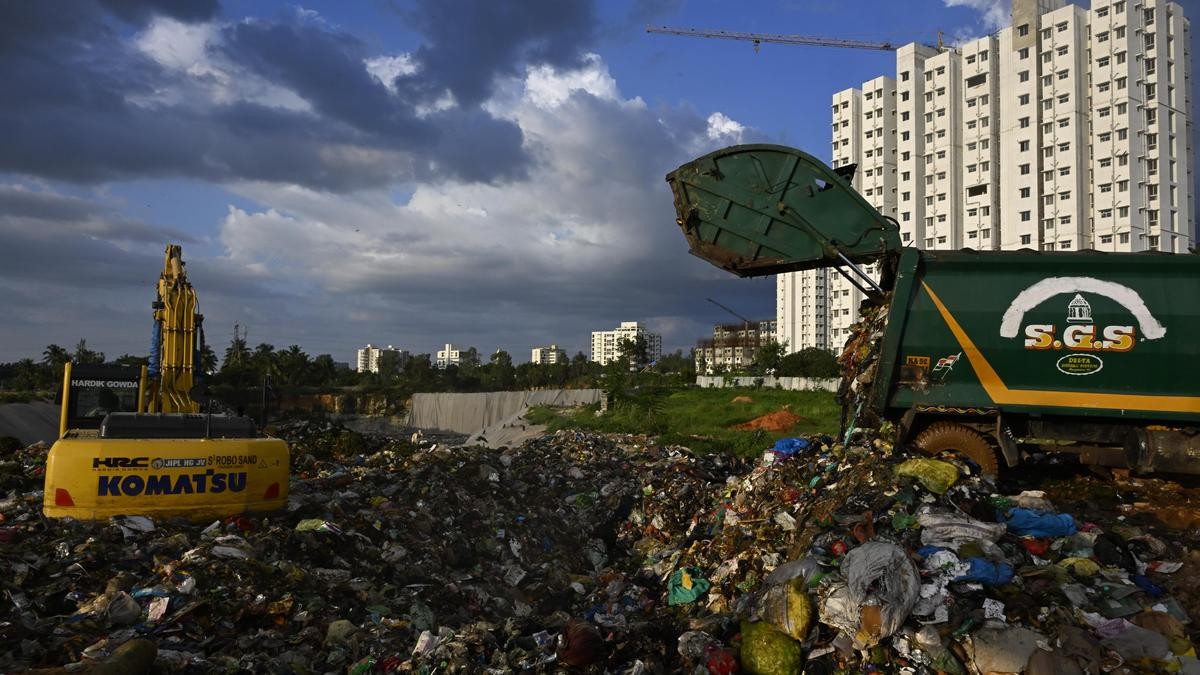

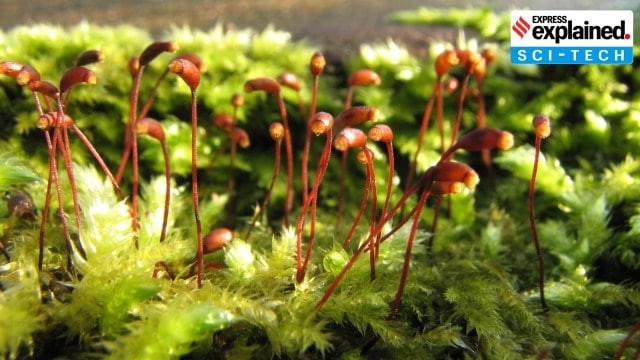
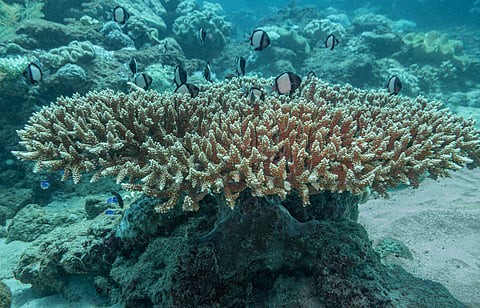

© 2025 iasgyan. All right reserved